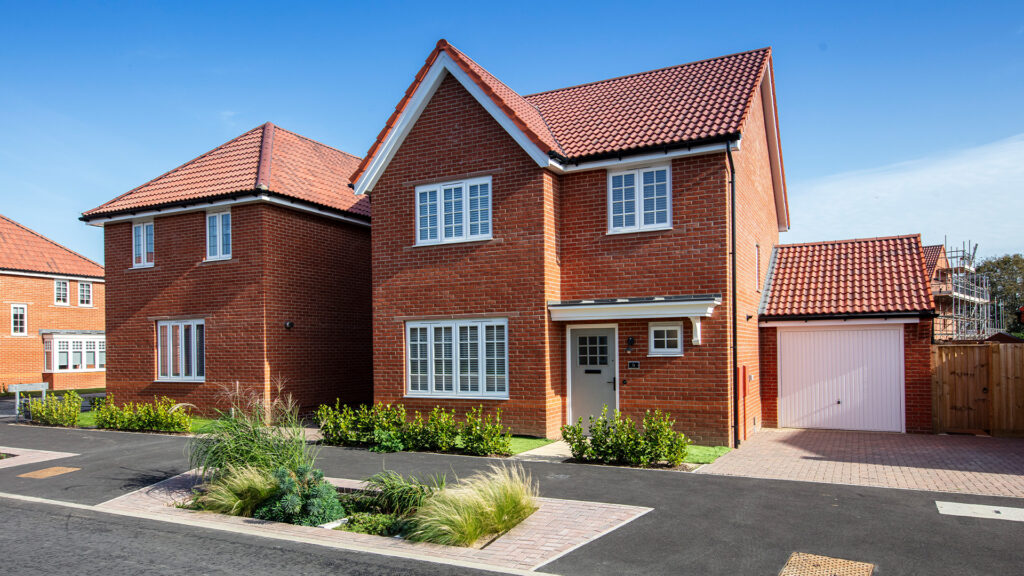When planning Green Infrastructure (GI) in urban areas, a common concern is who will maintain it and how much it will cost.
While no planting scheme is maintenance-free, careful planning can significantly reduce upkeep. Past issues, such as tree failures and damage to infrastructure, have led some authorities to see trees as liabilities and avoid them in new developments.

Kings Crescent, London
The Disconnect Between Benefits and Maintenance
Often, those who benefit from GI are not responsible for its maintenance. While urban greenery offers health benefits, pollution reduction, cooler temperatures, and biodiversity support, these perks don’t always translate into value for highway authorities. This leads to a disconnect in how green spaces are valued and funded.
Green Infrastructure Maintenance: What’s Involved?
Newly planted trees need regular care in the first few years, including watering and inspections. Once established, maintenance is minimal, with annual checks and occasional pruning. The estimated cost of maintaining a healthy tree is around £15 per year. Other planting schemes, such as annuals, may require more frequent upkeep.


Tree Failures
Adoption and Funding Challenges
Local authorities often charge a “commuted sum” to cover long-term maintenance costs for GI, including trees, street furniture, and road surfaces. However, where authorities have faced past tree-related issues or budget constraints, these sums can become prohibitive, deterring the adoption of green infrastructure.
The Role of Sustainable Drainage Systems (SuDS)
SuDS are an essential component of urban GI, designed to manage stormwater naturally, reduce flood risks and improve water quality. Standard features include permeable surfaces, green roofs, and rain gardens, which manage water and enhance biodiversity and public spaces. Though perceived as low-maintenance, regular checks are needed to ensure SuDS functions effectively, particularly in urban areas where blockages and debris can accumulate. Understanding maintenance, particularly in SuDS, is a common question.
Integrating SuDS with other green elements, like trees, creates a multifunctional system that supports both water management and urban greenery, enhancing cities’ resilience.
Bloor Homes, Felixstowe
At GreenBlue Urban, we recommend front-loading costs for GI and SuDS installations. This ensures proper planting and reduces long-term maintenance expenses, improving outcomes for all. Some authorities have adopted a model where developers pay upfront for high-quality installations, reducing future liabilities.GreenBlue Urban’s ArborSystem guarantees the success of tree planting with our ArborAdvance program, the world’s first urban tree warranty, covering trees for 15 years. This includes overseeing installations, regular inspections, and ensuring maintenance plans are in place. Local authorities should have clear Supplementary Planning Documents (SPDs) for tree planting and SuDS to ensure lasting, low-maintenance GI.
We can create healthy, sustainable urban spaces for future generations by aligning all stakeholders with long-term goals.


